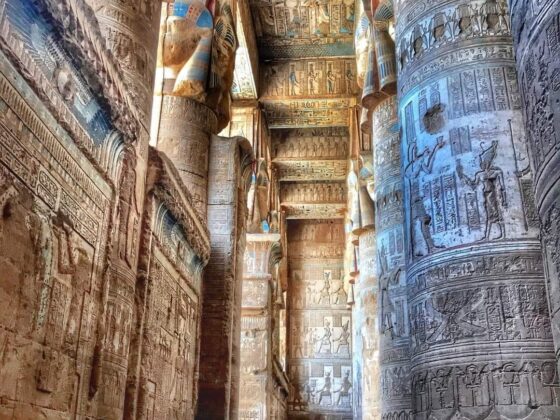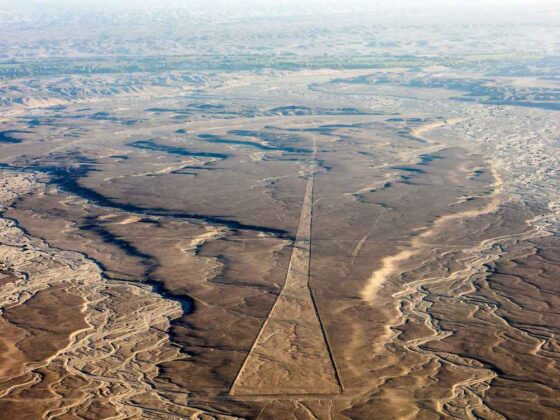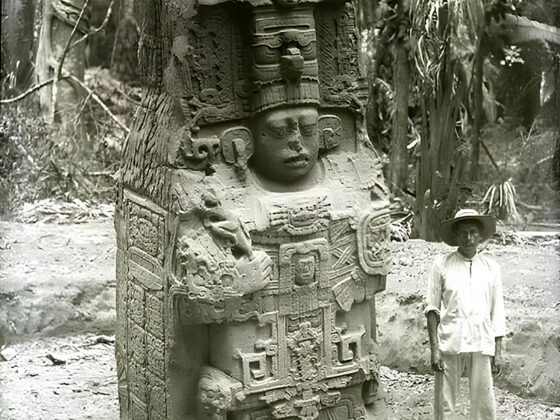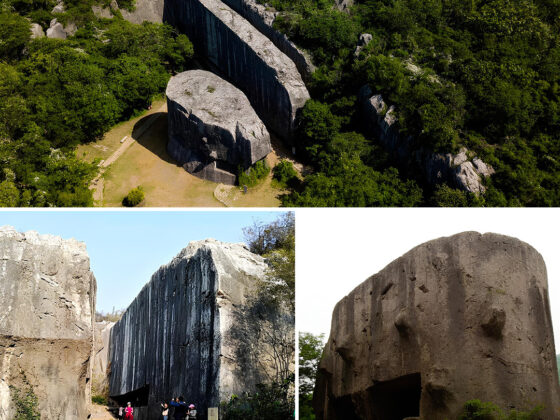The Great Pyramid of Cheops, also known as the Great Pyramid of Giza, presents a perplexing enigma that challenges conventional historical and archaeological narratives. While experts generally agree on the structure’s composition—approximately 2,400,000 rock blocks weighing between 2 and 70 tonnes each—the precision of its construction raises profound questions. The pyramid’s base has a margin of error of only 1 centimetre, and its alignment to true north deviates by merely 1 degree, a feat that today would require laser-guided construction systems.
However, the most pressing question isn’t about the pyramid’s precision or even the methods of block transportation. The real conundrum lies in the timeframe of its construction. Official archaeology posits that the Great Pyramid was built in about 10 years around 2,500 BCE. This claim, when scrutinized, presents a logistical impossibility that defies rational explanation.
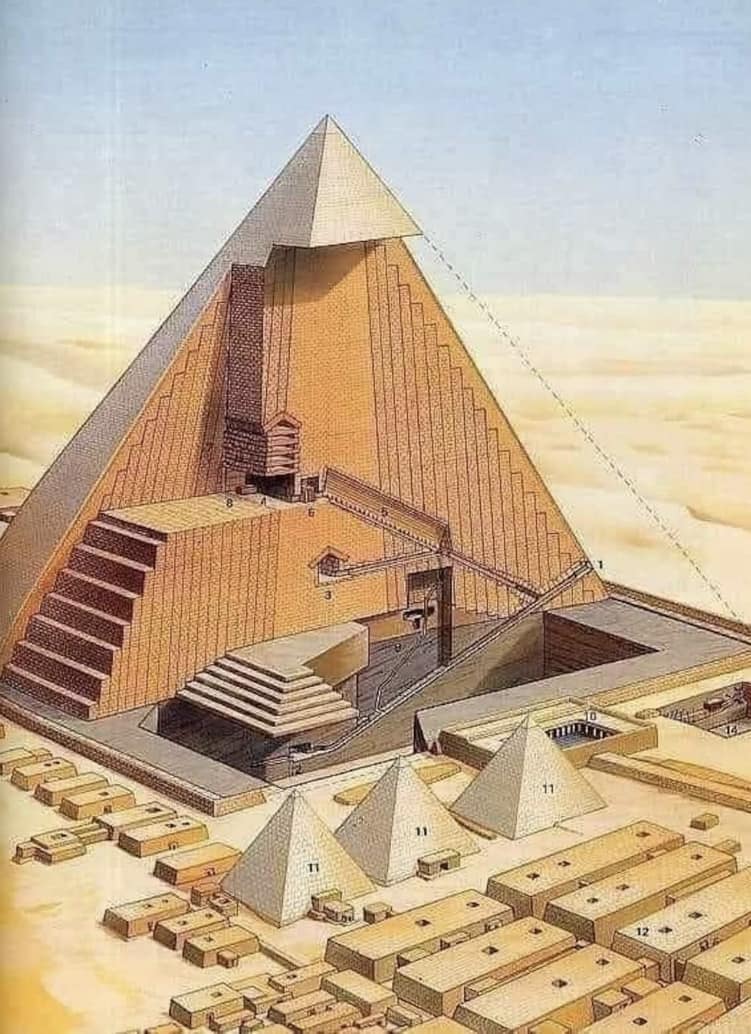
Let’s break down the numbers: If Egyptian workers managed to cut, transport, and place just one block per day, the construction would have taken 6,575 years (2,400,000 blocks ÷ 365 days), placing the start of construction around 9,000 BCE. Conversely, to achieve completion in 10 years as officially claimed, workers would need to process one block every minute, assuming 10-hour workdays. This pace would need to be maintained without interruption, every day, for a decade.
The implausibility of this scenario becomes even more apparent when considering the tools available at the time. With copper implements and without knowledge of the wheel, how could workers consistently cut, move, and precisely place blocks weighing up to 70 tonnes at such a breakneck pace? The logistics of such an operation strain credulity.
This discrepancy between the official narrative and the practical realities of construction raises significant questions about our understanding of ancient Egyptian capabilities and the timeline of pyramid construction. While it’s clear that the Great Pyramid was built by people indigenous to the area, the timeframe and perhaps even the identity of its builders may be far different from what is commonly accepted.

